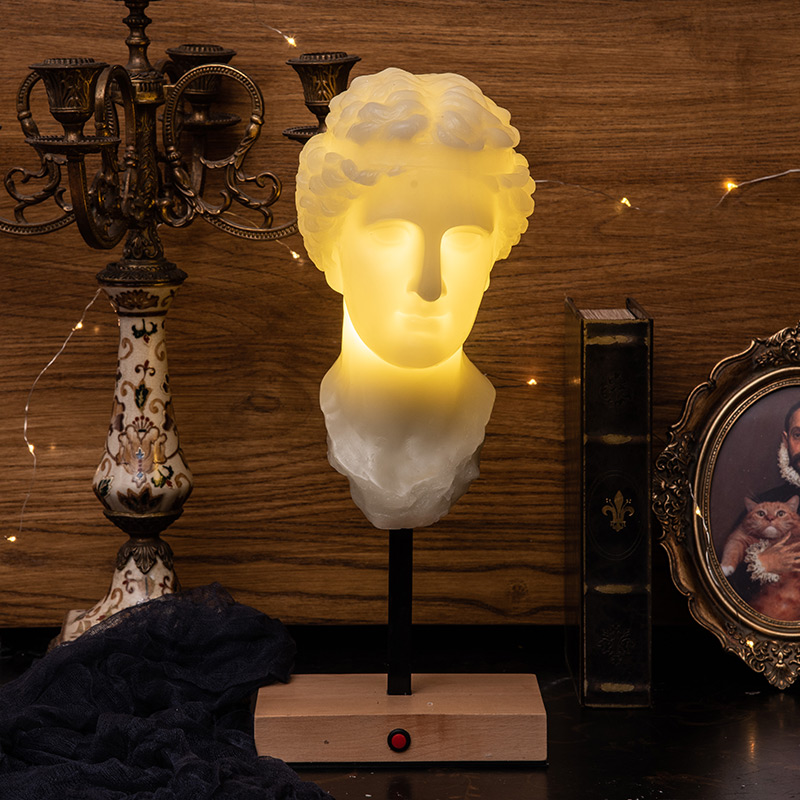Repair and debugging of analog electronic candle circuit of electronic candle manufacturer
According to the welding principle of the analog electr […]
According to the welding principle of the analog electronic candle circuit and the PCB layout, from left to right, install it in the order of temperature sensing circuit, voice control sensing circuit, RS trigger circuit, and LED display circuit. After the electronic candle manufacturer simulates the PCB layout of the electronic candle circuit, connect the 5V DC voltage, use a lighter to burn the thermistor (the duration cannot exceed 1 second, otherwise the thermistor will be easily burned out), the LED1 light is on, after 1 minute Then, blow the microphone with the mouth, and the LED1 light will be off. If the predetermined function is not achieved, the electronic candle manufacturer will carry out maintenance and debugging from the following aspects:
(1) Observation method: Check whether each component is installed correctly, especially whether the double D flip-flop 4013, electret microphone, etc. are installed correctly, whether the three pins E, B, C of the triode 9012, 9013 are correct, etc., light up The positive and negative polarities of the diodes are correct.
(2) Resistance method: Check whether the line is normally connected according to the schematic diagram, and use a multimeter to check whether each line is connected. For electronics beginners, there are many cases of soldering, missing soldering, false soldering, and circuit construction errors, so first check whether each line is soldered well, that is, whether the electrical performance is guaranteed.
(3) Resistance method: Check whether each GND is connected with the negative power supply connector; check whether each VCC is connected with the power supply connector.
(4) Voltage method: Test the base voltage of the triode VT1, and then burn it with a lighter for 0.1 seconds to see if the voltage changes from high to low. If the voltage has not changed, the possibility of damage to the triode is relatively high.
(5) Voltage method: test the voltage of the positive pole of the electret microphone about 2V. When blowing the electret microphone with the mouth, the voltage will drop by about 1V. If the voltage does not change, the positive and negative polarities of the electret microphone are more likely to be reversed.

(6) Voltage method: Test the base voltage of the triode VT2. When blowing the electret microphone with the mouth, the voltage will change, resulting in a negative voltage. If the voltage has not changed, the possibility of damage to the triode VT2 is relatively high.
(7) Voltage method: Test the base voltage of the triode VT3. When blowing the electret microphone with the mouth, the voltage will drop by a few tenths of V. If the voltage has not changed, the possibility of damage to the triode VT3 is relatively high.
(8) Voltage method: Test the collector voltage of the triode VT3. When blowing the electret microphone with the mouth, a high-level pulse will be generated. If there is no high-level pulse, you can check whether the power supply part of this circuit is connected properly.
(9) Voltage method: Test the voltage of pin 6 of 4013. When burning it with a lighter, pin 6 will receive a high-level pulse, and pin 1 will output a high level.
(10) Voltage method: When the voltage of pin 6 of 4013 drops to a low level, test the voltage of pin 4 of 4013 again. When the mouth blows the electret microphone, a high-level pulse will be generated to pin 4 and pin 1 of 4013. Will output low level (from high to low).
After the inspection and testing of the above steps, the electronic candle manufacturer can basically eliminate the fault, and can realize the simulation of "a match is ignited, and the wind blows the fire out".

 ENG
ENG  España
España русский
русский